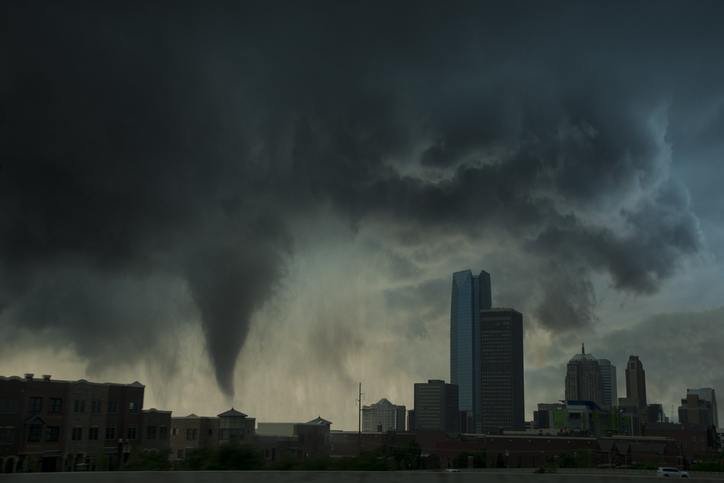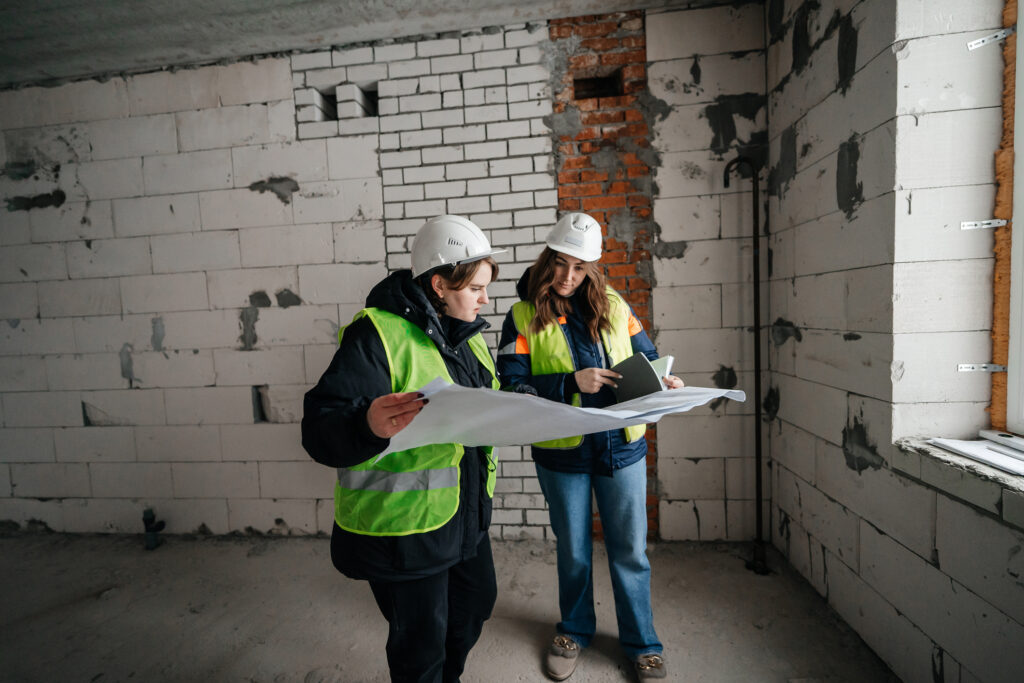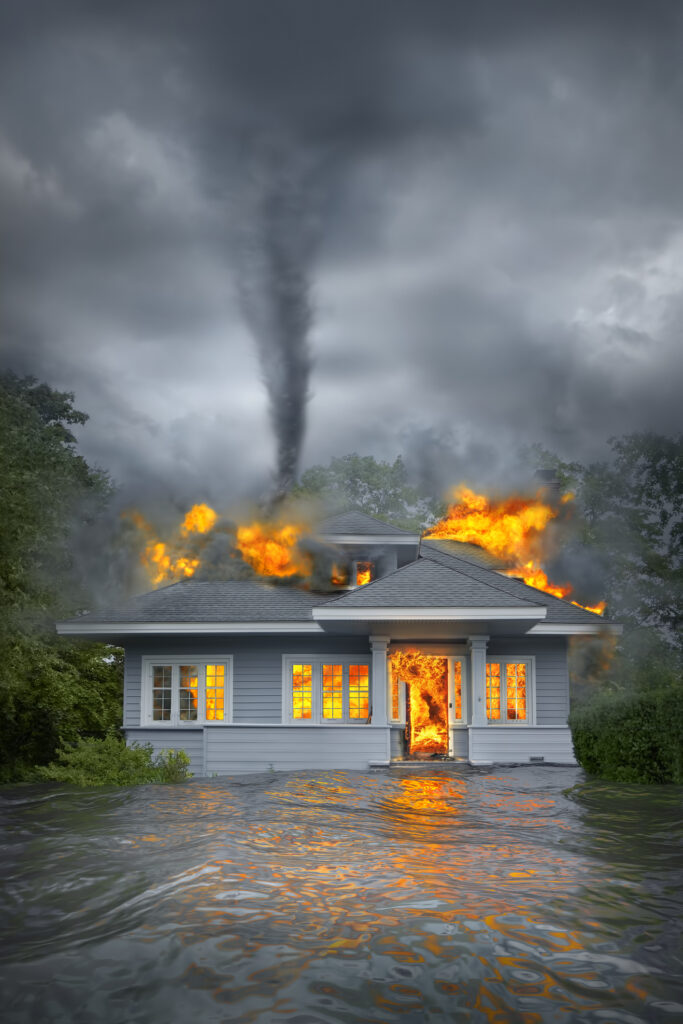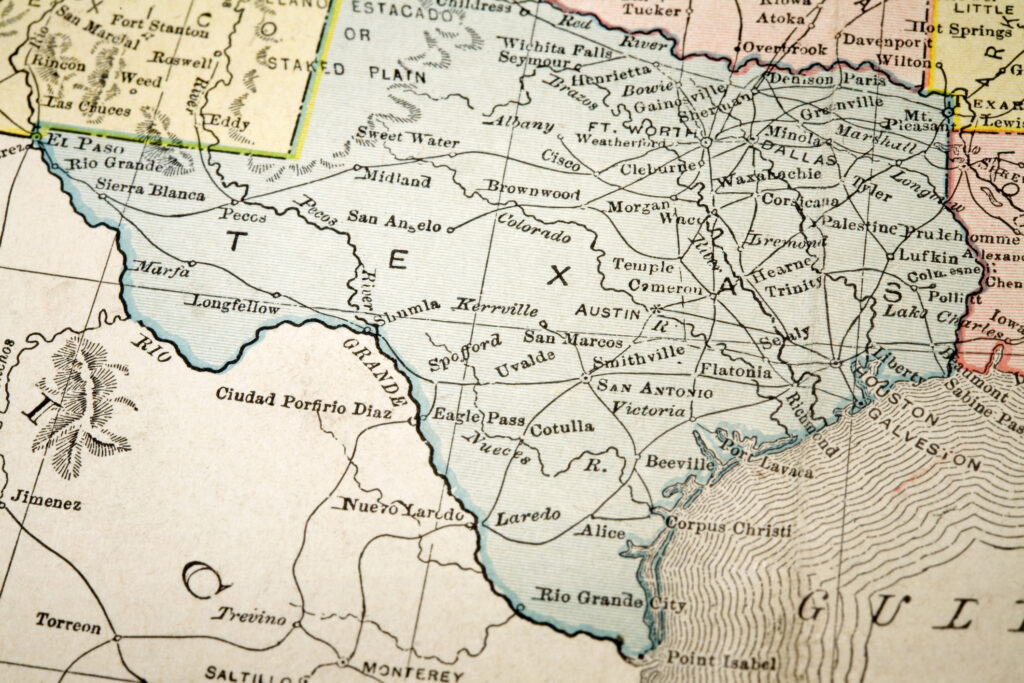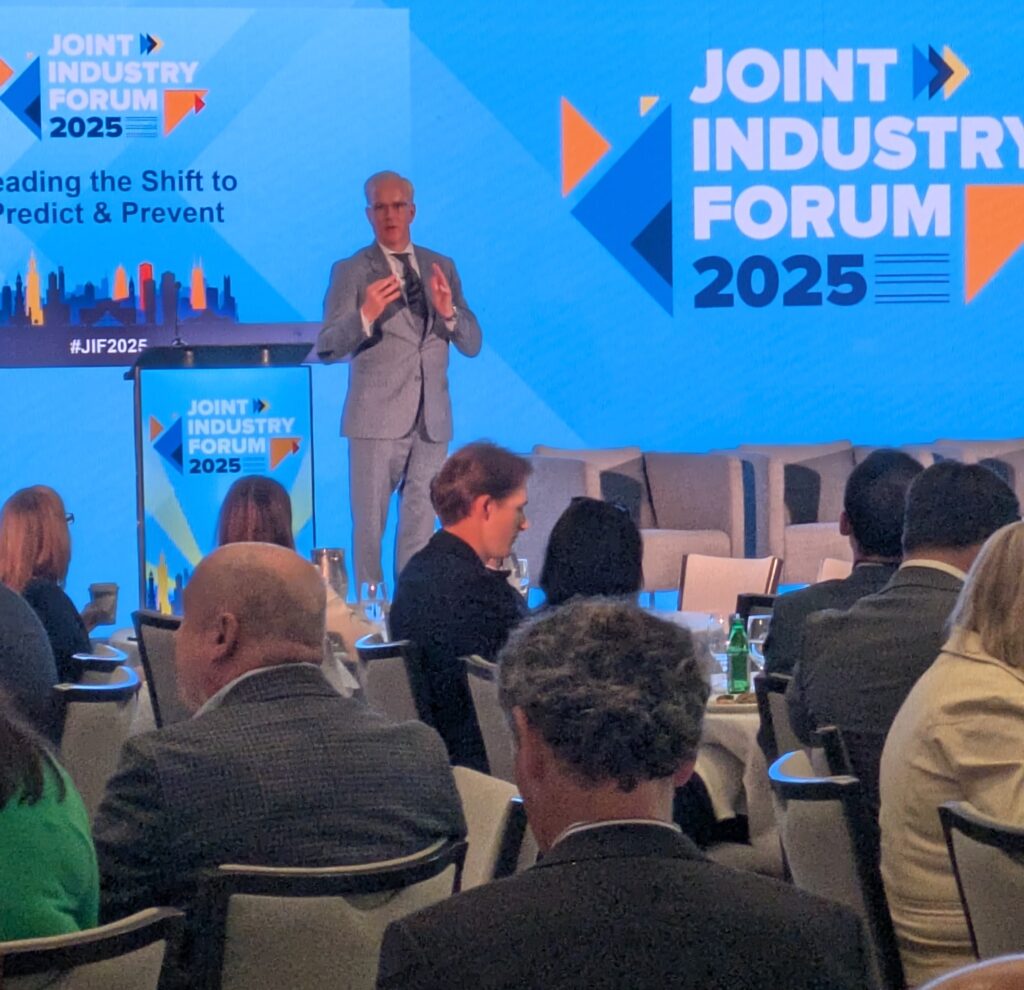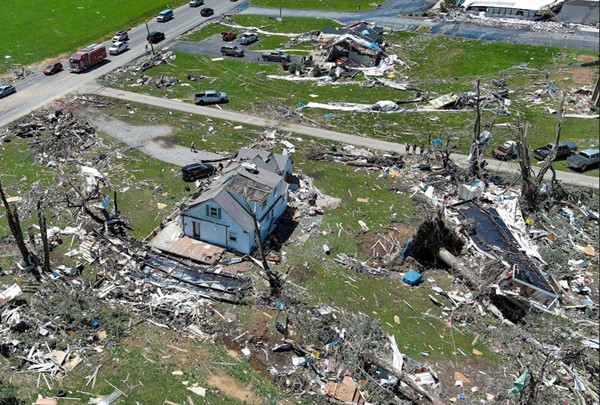
The homeowners insurance market is catching up to its cost drivers while still facing challenges to affordability and availability. Rates continue to climb as natural disasters intensify and replacement costs rise, but industry analysts expect meaningful improvement over the next two years. A new Triple-I Issues Brief provides a snapshot of the market’s performance and outlook, and discusses how some trends are shaping its future.
The latest results for the product line have helped narrow the anticipated 2025 gap between the performance of the personal and commercial lines. Despite a volatile start to 2025 driven largely by January’s destructive Los Angeles wildfires, homeowners insurance is still headed for double-digit net written premium growth this year.
With nearly half of all homes in the United States at risk of “severe or extreme” damage from weather related events, climate risk looms large. In January 2025, the U.S. Department of the Treasury released “Analyses of U.S. Homeowners Insurance Markets, 2018-2022: Climate-Related Risks and Other Factors.“ a report based on the most comprehensive and granular snapshot of the homeowners insurance market to date. The agency found that climate risk is making it more costly for insurers to operate, as insurers’ costs in 2018-2022 were higher in areas with the highest expected losses from climate-related perils. The paid loss ratio, which reflects how much insurers paid for claims relative to the premiums they collected, was highest in the highest-risk ZIP Codes.
In 2025, the U.S. experienced its first hurricane season without a single landfall in a decade. However, the Triple-I issue brief explains, while 2025 economic losses from natural catastrophes are running below recent averages, other perils — such as severe convective storms, wildfires, and flash flooding — are becoming formidable sources of insurer loss. These increasingly frequent moderate disasters are challenging traditional catastrophe models built around infrequent peak perils, such as major hurricanes.
At the same time, soaring replacement costs have become the new normal for the homeowners market. Repair and rebuilding expenses have jumped nearly 30 percent over the past five years, fueled by inflation, supply-chain disruptions, rising construction material prices, labor shortages, and, more recently, new federal tariffs. Although the full impact of these tariffs has been milder than expected so far, the worst effects may simply be deferred until 2026 as inventories decline. Rising replacement costs translate directly into higher claim payouts, placing additional pressure on insurers and, ultimately, policyholders.
Beyond tariffs, other political and regulatory shifts are adding a new uncertainty as federal disinvestment in climate monitoring and mitigation may impede the insurance industry’s ability to accurately price risk, predict future losses, and, ultimately, provide affordable coverage. Meanwhile, several states grapple with balancing affordability with the stability and solvency of their insurance markets.
Insurance pricing must reflect these increased risks to maintain policyholder surplus, the funds regulators require insurers to keep on hand to pay claims. If premium rates fail to reflect increased costs, insurers may rapidly drain their policyholder surplus. This issue brief discusses how emerging technologies, such as advanced predictive analytics, aerial imagery, and smart-home sensors, could pave the way for more accurate pricing, faster claims processing, and improved risk prevention.
An Insurance Research Council (IRC) study indicates that homeowners familiar with some AI-driven insurance solutions view pricing using those technologies as fairer and express fewer concerns overall. These tools may play a critical role in bolstering affordability, rebuilding trust, and strengthening the resilience of the homeowners’ insurance sector amid escalating climate and economic pressures.
The issue brief’s list of factors and trends impacting the homeowners’ market isn’t intended to be exhaustive. Accordingly, future briefs on homeowners (or property lines in general) may highlight other pertinent topics, such as the link between insurance premiums and property prices. While home values in high-risk areas can often be diminished by rising premiums, higher home values can generally mean higher replacement costs, and consequently, lead to higher premiums. As of early 2025, home prices are up 60 percent nationwide since 2019 and still rising by 3.9 percent YoY, according to the Joint Center for Housing Studies at Harvard University. The Harvard report cites Freddie Mac data indicating home insurance premiums jumped 57 percent from 2019 to 2024.
We invite you to read our take on the homeowners’ market and follow our blog to keep abreast of key issues impacting the industry.


